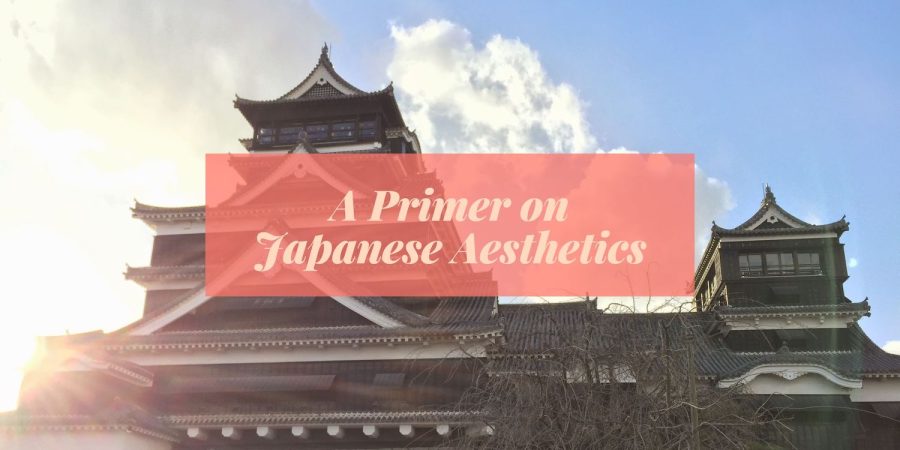I am being haunted by memories of Japan.
One minute, I’m in the MRT – the Singapore train system – on my way home and the next minute, I’m on the Chuo line in Tokyo. It’s a bright sunny summer morning and I’m out with one of my language school friends. She’s dating a fellow-Singapore, which fast-tracks the friendship, especially since I am staying with them on this visit to Tokyo. We are chatting about nothing and anything, about how it’s like to be obviously foreign and less obviously foreign in Japan.
“Do you want some tea? I’ve still got a bottle in my bag.”
I shake my head. I normally like tea, but I also like to buy my own tea.
She shrugs, opens the bottle, and takes a gulp. Immediately, she grimaces.
“The tea is rotten!”
I gasp. “How long have you had it?”
“I don’t know, maybe a week.”
Now it’s my turn to grimace and we make faces at the situation all the way to Shinjuku station, or until I realise that I’m actually back in Singapore.
***
Another time, I’m driving back home from Church, when suddenly, I’m driving in Sasebo. On good days, I’m driving back from work, on my quest to find the Cold Stone Creamery chocolate mint bar that’s only available at 7i convenience stores and only for a limited time. The ice cream is amazing, creamy and rich with just the right balance of mint and chocolate.
Sadly, I only found the ice cream once. On one day, I visited at least five 7i convenience stores on the way back from work, adding an additional thirty minutes to a ten-minute drive in search of this sweet treat. I had no luck but as I’m driving to the next stop, I realise that I’m on the highway home in Singapore and I still haven’t found that ice cream.
***
Every time I go back to Japan, I am on the move. And every time I come back to the present, I find myself with an inescapable sense of longing. It is not, exactly, a sad feeling. The closest word I can think of is 物の哀れ, or as it’s transliterated, mono no aware.
One of the central concepts of the Heian-era in Japan, mono no aware refers to a sense of wistfulness and combines unfulfilled desires with the idea of impermanence, that nothing lasts forever. It probably sounds pretty sad but here’s the catch: this is a term for a type of beauty.
And that really is what it is. My memories of Japan are beautiful even as they invoke a sense of sadness that my time in Japan is probably over for good. This is the beauty that comes with a heart that aches for the loss of a period in my life and for the thoughts that may never reach completion.
But why now? And why me?
According to Donald Keene’s explanation of the concept, Mono no Aware is very often expressed in nature, specifically the changing of the seasons. Which to me answers the question: “why now?”.
I’m in a season of major change – I got engaged recently and my fiancé and I are tackling the task of wedding planning. I’ve been catching up with uni friends that, to our collective shock, I’ve not met for over half a decade (and I calculated with a friend that we’ve probably known each other for almost ten years). My cousins, whom I used to have dinner with daily, are now married with kids and it feels like we don’t see each other enough (at least, I feel that way). Before I noticed it, everything has changed. That alone is enough to trigger all the memories of my time in Japan, a season which now feels like a different lifetime ago.
In contrast with the sad beauty of mono no aware, the people of Heian Japan had another term for a different type of beauty: をかし wokashi. I found this one a little harder to translate into English but this description explained in perfectly.
Wokashi is the sense of beauty that occurs on a hot summer’s day, when you’re looking up at the clear blue sky and you hear the chime of a windmill. At that moment, something in your heart says: “there’s something good here”.
For me, I experienced wokashi quite a bit back in Singapore. Once, I was walking back from a baking class with my fiancé. It was still sunny out and we just finished a very good lunch with an unexpectedly good softshell crab tempura. I looked up and saw the shape of the Pinnacle@Duxton, the world’s tallest public housing flats, towering over the squat shophouses we were walking out of and thought:
“this is home.”
I will probably still be haunted by my memories of Japan – I don’t think there’s a way to permanently quench the heartache that comes after you’ve placed roots down in a location – but there’s more to beauty than heartache. There’s also depth in the bright yet unexpected depths of where I am now, who I am now, and who I’m with now.

This is such a beautiful way to express how much Japan had an impact on you!!
Thank you! I’m glad you enjoyed it!!
I read this when you first sent it out and read it again today as I was going through my email accounts. Eustacia, you are a talented writer and I hope you continue to develop your flair for the printed word. Always enjoy your posts.
Thanks so much, Warren! I’ve been reading some nonfiction writing books and am trying to practice more now!